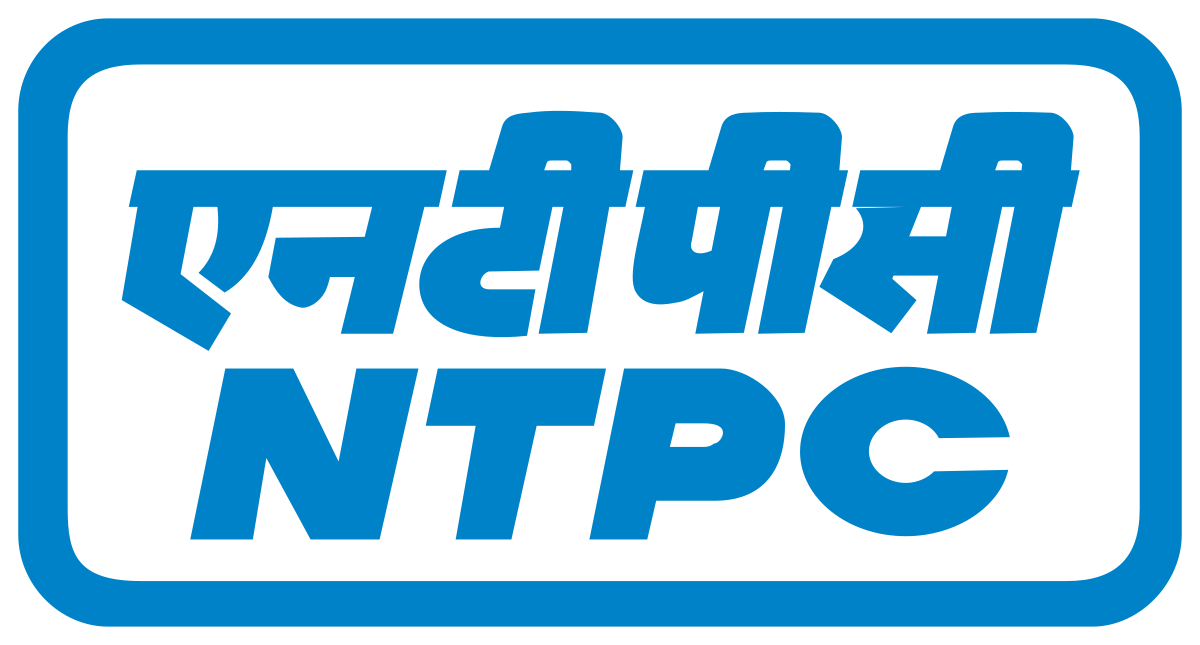 As the world fighting with coronavirus, global agency started predicting the economics's stats during surviving from epidemic, two-thirds of the world's population living in
developing countries facing unprecedented economic damage from the COVID-19
crisis, the united nations is calling for a USD 2.5 trillion rescue package for
these nations.
As the world fighting with coronavirus, global agency started predicting the economics's stats during surviving from epidemic, two-thirds of the world's population living in
developing countries facing unprecedented economic damage from the COVID-19
crisis, the united nations is calling for a USD 2.5 trillion rescue package for
these nations.
 As the world fighting with coronavirus, global agency started predicting the economics's stats during surviving from epidemic, two-thirds of the world's population living in
developing countries facing unprecedented economic damage from the COVID-19
crisis, the united nations is calling for a USD 2.5 trillion rescue package for
these nations.
As the world fighting with coronavirus, global agency started predicting the economics's stats during surviving from epidemic, two-thirds of the world's population living in
developing countries facing unprecedented economic damage from the COVID-19
crisis, the united nations is calling for a USD 2.5 trillion rescue package for
these nations.
During the war with epidemic, world largest forums of countries United Nations's forecast "only India and China will survive and the rest of the whole world economy will go into the recession".
2020-21 with a predicted loss of trillions of dollars of global income due to the coronavirus pandemic, spelling serious trouble for developing countries with the likely exception of India and China as stated in trade report by United Nations.
Stated in the United Nations Conference on Trade and Development, the UN trade and development body titled ‘The COVID-19 aghast to developing countries: towards a ‘whatever it takes’ programme for the two-thirds of the world’s population being left behind’, commodity-rich exporting countries will face a USD 2 trillion to USD 3 trillion drop in investments from globally in the upcoming two years.
The United Nations Conference on Trade and Development (UNCTAD) said that in these days, advanced economies and China have put together massive government packages which, according to the Group of 20 leading economies (G20), will extend a USD 5 trillion lifeline to their economies.
“This represents an unprecedented response to an unprecedented crisis, which will attenuate the extent of the shock physically, economically and psychologically,” it said. It added that while the full details of these stimulus packages are yet to be unpacked, an initial assessment by the UNCTAD estimates that they will translate to a USD 1 trillion to USD 2 trillion injection of demand into the major G20 economies and a two percentage point turnaround in global output.
Further, given the deteriorating global conditions, fiscal and foreign exchange constraints are bound to tighten further over the course of the year. The UNCTAD estimates a financing gap facing developing countries over the next two years. In the face of a looming financial tsunami this year, the UNCTAD proposes a four-pronged strategy that could begin to translate expressions of international solidarity into concrete action.
This includes a USD 1 trillion liquidity injection for those being left behind through reallocating existing special drawing rights at the International Monetary Fund; a debt jubilee for distressed economies under which another one trillion dollars of debts owed by developing countries should be cancelled this year and a 500 billion dollars Marshall Plan for a health recovery funded from some of the missing official development assistance (ODA) long promised but not delivered by development partners. The speed at which the economic shockwaves from the pandemic has hit developing countries is dramatic, even in comparison to the 2008 global financial crisis, the UNCTAD said.
“The economic fallout from the aghast is ongoing and increasingly difficult to predict, but there are clear indications that things will get much worse for developing economies before they get better,” UNCTAD Secretary-General Mukhisa Kituyi said. The report shows that in two months since the virus began spreading beyond China, developing countries have taken an enormous hit in terms of capital outflows, growing bond spreads, currency depreciations and lost export earnings, including from falling commodity prices and declining tourist revenues.
Inadequate the monetary, fiscal and administrative capacity to respond to this crisis, the consequences of a combined health pandemic and a global recession will be catastrophic for many developing countries and halt their progress towards the Sustainable Development Goals. Even as advanced economies are discovering the challenges of dealing with a growing informal workforce, this remains the norm for developing countries, amplifying their difficulties in responding to the crisis.
“Advanced economies have promised to do ‘whatever it takes’ to stop their firms and households from taking a heavy loss of income,” said Richard Kozul-Wright, UNCTAD’s director of globalisation and development strategies. He added: “But if G20 leaders are to stick to their commitment of ‘a global response in the spirit of solidarity’, there must be commensurate action for the six billion people living outside the core G20 economies”. According to reports, the death toll from the coronavirus pandemic has soared past 35,000 while the number of confirmed cases topped 750,000 globally.
Be aware from this epidemic keep maintain social distancing, stay home....stay healthy.
(Source: Assorted with FE on 31st March 2020)






